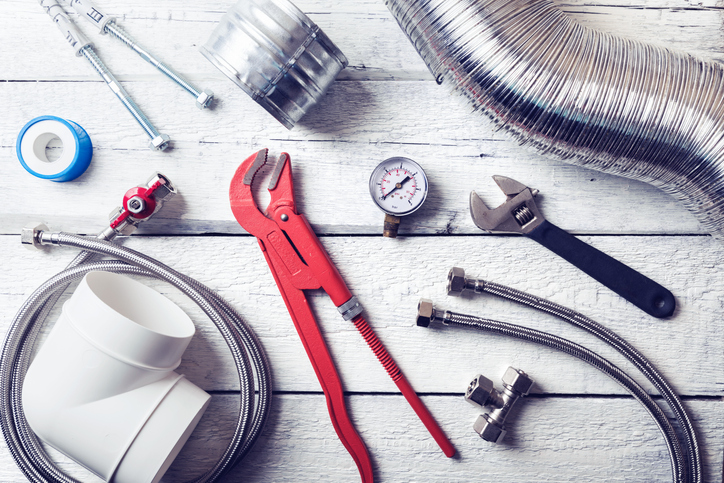
HVAC Parts You Should Know
Your HVAC (heating, ventilation, and air conditioning) system may seem complex, but there are a few parts that everyone should know. Recognizing the different HVAC components can help you determine problems with your unit and identify solutions. To help you better understand how your HVAC unit works as a whole, LIBERTYAIR Air Conditioning & Heating provides a list of the heater and air conditioner parts you should be familiar with.
While we support DIY efforts, it’s essential to know when to contact a professional HVAC company for AC services or emergency HVAC repairs. Don’t hesitate — get in touch with us today for high-quality HVAC services.
Thermostat
Your thermostat is the line of communication to the HVAC unit as a whole. In general, there are two types of thermostats: digital and mechanical. Most homes today have digital thermostats that use electronic sensors to measure the temperature in a home accurately. Once it goes over or under the set temperature (depending on whether you have it set to heat or cool), the thermostat triggers the unit to click on. A mechanical thermostat is not as accurate and relies on two metal strips that expand and contract as the temperature changes, triggering an electrical current that turns the unit on and off.
Filter
Air filters are usually located at the HVAC’s indoor unit and placed over the air intake. This way, the air pulled into the unit can be filtered of debris, dander, dirt, pollen, and even microscopic organisms that cause you to be sick. However, some homes have additional in-duct air filters located in the ductwork. Filters have different levels of efficiency, known as MERV (minimum efficiency reporting value) ratings, and it’s crucial to select the filter with the right MERV rating for your unit. Filters should be changed every 30–60 days, depending on the occupancy of your home and the overall indoor air quality. If not changed regularly, the decreased airflow can cause other issues with the HVAC unit.
Evaporator & Condenser Coils
These two components are the vital air conditioning parts that work together to keep you cool on hot days. It begins with the evaporator, where warm air is pulled from your home and blown over coils that contain low-pressure gas refrigerant that absorbs the heat, converting it into a high-pressure liquid. Next, the liquid is moved to the condenser, located outside of your home. The condenser is a set of coils that dissipates the collected heat. A fan blows over these coils to help remove the heat faster, returning the refrigerant to its gaseous state. Once the refrigerant is gas again, it returns to the inside evaporator to continue the process.
Heat Pump
A heat pump works similarly to the evaporator and condenser coil system by removing heat and displacing it. The heat pump works in the summer by pulling heat from the home and moving it outdoors. In the winter, it draws heat from the outdoors and brings it into the house. While perfect for milder winters in Florida, most older heat pumps are less effective at warming homes than gas furnaces. However, because it does not rely on burning gas to produce heat, it is safer and more energy-efficient.
Ducts & Vents
Once the air is processed and brought to the correct temperature, it will pass through ductwork, which, depending on its location, is usually made from a lightweight metal such as aluminum that runs unseen through the walls and flooring. Ductwork is connected to vents, located in the ceiling, wall, or floor, and provides a measure of control over the direction of airflow. It’s important to keep vents clear of blockages, such as furniture, rugs, and artwork, so that they can deliver air properly. In addition, some homes utilize ductless air conditioners, limiting the amount of air loss in transit, resulting in a more energy-efficient unit.